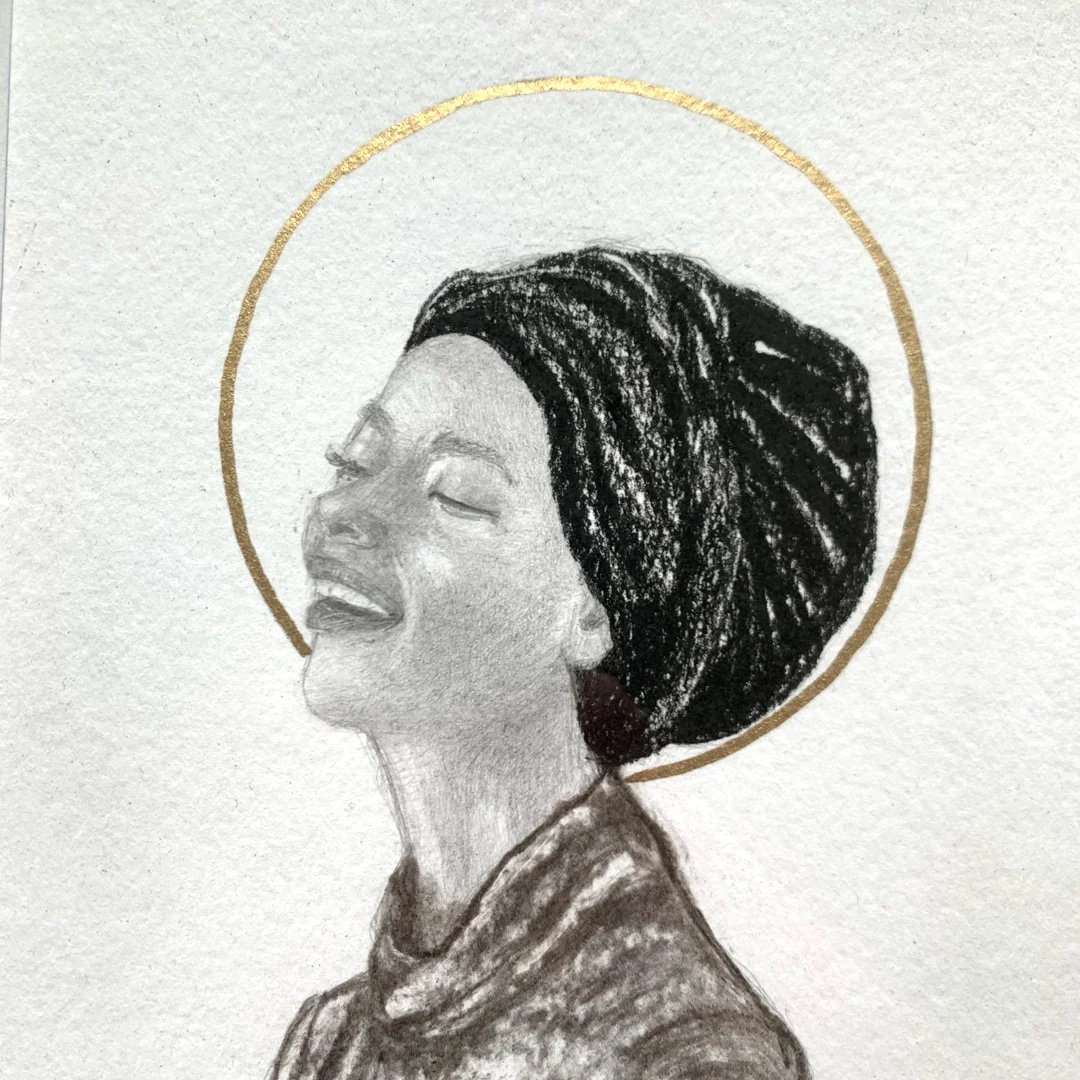IN THIS LESSON
Objective: In this lesson, you will learn and practice various techniques for line, contour, and blind contour drawing. These exercises will help you develop hand-eye coordination, observation skills, and an understanding of how lines can define form and texture.
Materials Needed:
Drawing paper (preferably A4 size or larger)
Graphite pencils (HB, 2B)
Fine-tipped black markers or pens
Erasers
A few simple objects for still life (e.g., a fruit, a plant, a small toy)
A timer
Lesson Duration: 1 hour and 30 minutes.
Introduction (10 minutes):
Discussion: Let’s start with a brief discussion on the importance of line and contour drawing in art.
Explain how lines can define shapes, forms, and textures.
Show examples of line, contour, and blind contour drawings.
Objective: Here’s what we’ll aim to achieve today.
Develop your ability to observe and translate what you see into lines.
Understand the difference between line, contour, and blind contour drawing.
Create several drawings that demonstrate these techniques.
Warm-Up Exercise (10 minutes):
Free Line Drawing: Grab your paper and pencils.
Spend a few minutes making freeform lines on your paper. Focus on varying the pressure to create different line weights.
Main Activity (60 minutes):
Line Drawing (15 minutes):
Exercise: Choose a simple object from life (not a photograph) and place it in front of you.
Using your pencil, draw the object using only lines.
Focus on varying the line weight to indicate different textures and forms.
Goal: Practice controlling the pencil to create different types of lines that describe the object.
Contour Drawing (20 minutes):
Exercise: Choose another object from life.
This time, draw the object using contour lines. Contour lines are continuous lines that define the edges and significant details of the object.
Avoid lifting your pencil from the paper as much as possible.
Goal: Develop a better understanding of the object's form and improve hand-eye coordination.
Blind Contour Drawing (25 minutes):
Exercise: Choose a third object from life.
Without looking at your paper, draw the object using a continuous line. Focus entirely on the object and let your hand move in sync with your eyes.
Set a timer for 5 minutes for each blind contour drawing and repeat the exercise a few times with different objects.
Goal: Enhance your observation skills and learn to trust your hand-eye coordination.
Conclusion and Review (10 minutes):
Group Discussion:
Share your drawings and discuss what you learned from each exercise.
Talk about which technique you found most challenging and which you enjoyed the most.
Homework/Extension:
Practice line, contour, and blind contour drawings at home with different objects.
Focus on observing the objects carefully and translating those observations into lines on paper.
Assessment:
I’ll evaluate you based on your participation, effort, and your ability to observe and translate what you see into lines.
I’ll provide feedback on your line quality, contour accuracy, and hand-eye coordination.
Tips for Success:
Focus on observation: Spend more time looking at the object than at your paper.
Practice regularly: The more you practice these techniques, the better you will become at translating your observations into drawings.
Use a light touch: For contour and blind contour drawings, use a light touch so you can make adjustments as needed.
Embrace the process: Blind contour drawings will often look strange, but they are valuable for improving your observation skills and hand-eye coordination.

